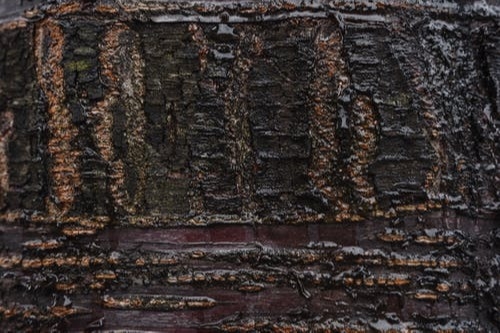Denver Tree Service On When It’s Time to Remove a Tree
By Victoria Bartelt - August 9, 2021
Trees bring benefits to the environment and beauty to the landscape, which makes it hard to part with them. But sometimes it’s necessary. When possible, pruning or disease mitigation can save a distressed tree. Trees that are dead or dying, however, can be hazardous and expensive if property is damaged. And there is also a risk of personal injury.
How do you know when it’s time to remove a dead or dying tree?
When You Should Call in a Professional Tree Service
As the owner of the tree, you will be held responsible if damage or injury occurs because you left a tree standing that should have been removed. But the good news is that there are signs you can watch for that will tell your tree is struggling.
Here’s what to look for:
- The tree seems to have lost its vigor and isn’t growing very well. Compare the way the tree looks compared to other trees growing nearby. Things like thin leaf cover, foliage that is discolored, and trees that are no longer growing are signs a tree is in trouble.
- The tree is showing signs of infection. This can come by way of crown dieback, deep cracks in the tree’s bark, leaves that are misshapen or discolored, crumbly-looking bark, and the presence of fungi. Signs of unwanted pests include holes suddenly showing up or woodpeckers feeding heavily on the tree.
- There is evidence of root issues. It’s tough to see defects with the roots, but if you see heaving soil and fungi growing near the base of the tree, this could point to problems with the root system.
- There are large, dead branches on the tree’s crown. Sometimes these large branches are referred to as “widow-makers” because they can fall without cause, injuring anyone who happens to be under the tree at the time. If half of the tree is dead or damaged, it likely needs to be removed for safety reasons alone.
- The trunk is cracked or wounded. When the tree’s trunk looks bad, this could indicate that there is internal decay. This can actually go on for quite some time, with the tree continuing to stand despite the internal decay. But homeowners should see the writing on the wall: It’s just a matter of time before the tree falls on its own. Obviously, this is an incredibly dangerous situation.
- The tree is leaning—and it hadn’t been leaning before. There are plenty of healthy leaning trees, but if a tree all of a sudden starts to lean, it needs to be taken down—especially if it is rotted or hollow on the inside.
- There are sprouts at the base of the trunk. These might look benign, but they are a clear indicator that the tree is stressed.
- The tree is growing into power lines. For obvious reasons, this could become a hazard—and your neighbors might not appreciate their power going out because of your tree.
Call a Denver Tree Service Company
Now is a good time to inspect the trees on your property, before winter snowfall comes, which can lead to dangerous situation with branches that are compromised. Contact Root Tree Service to inspect your trees today!
